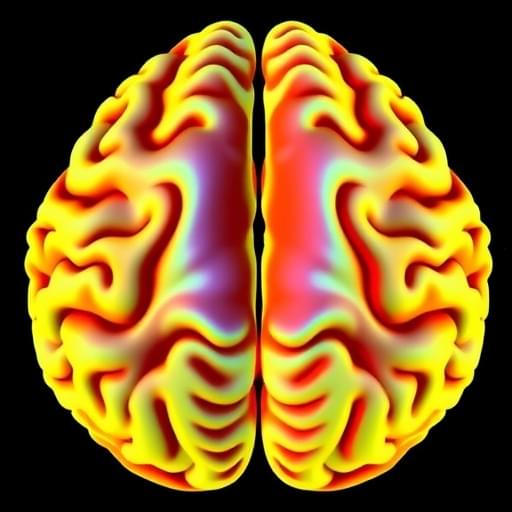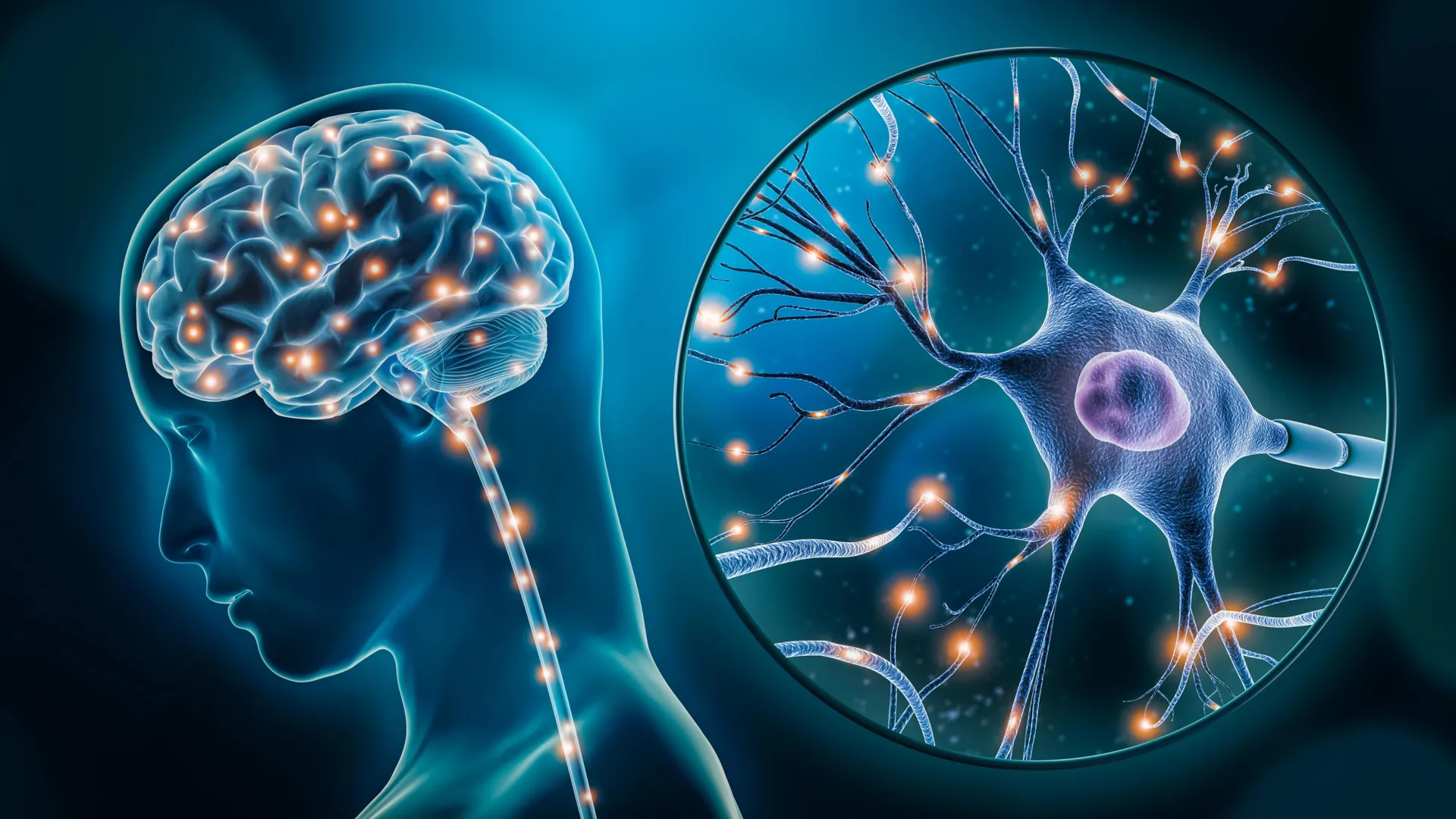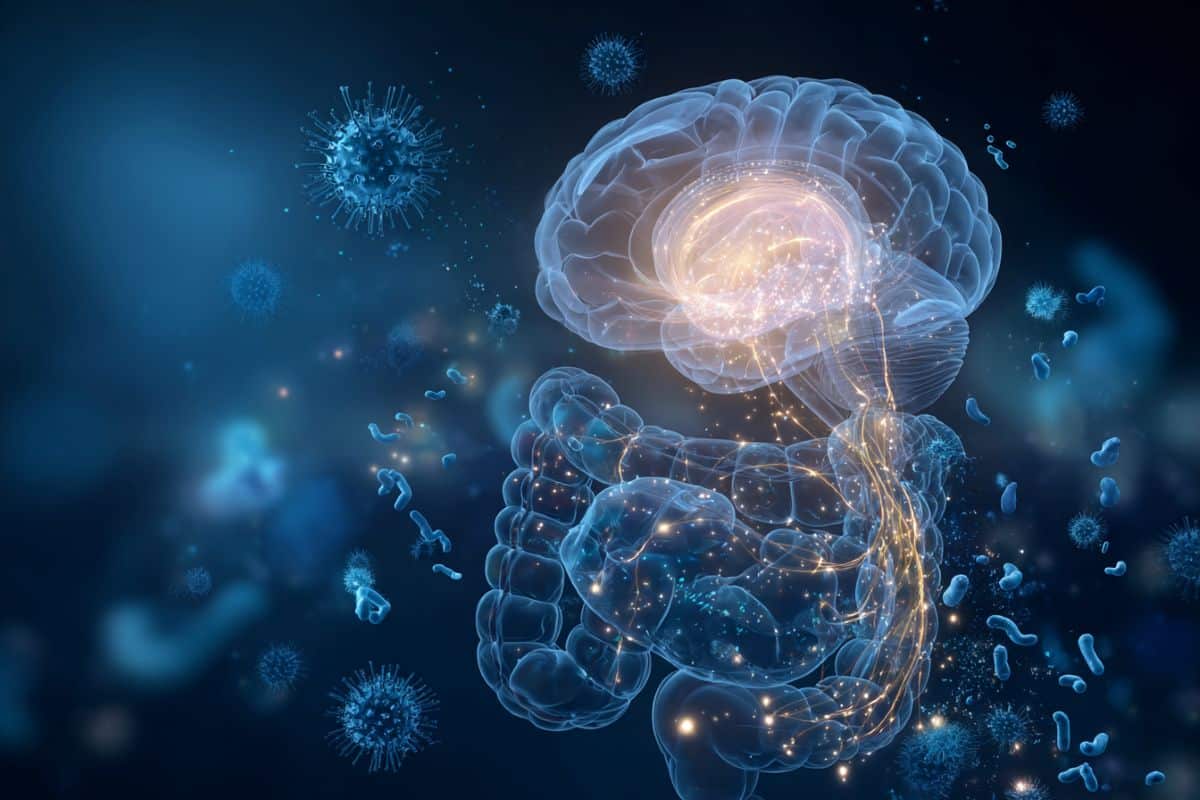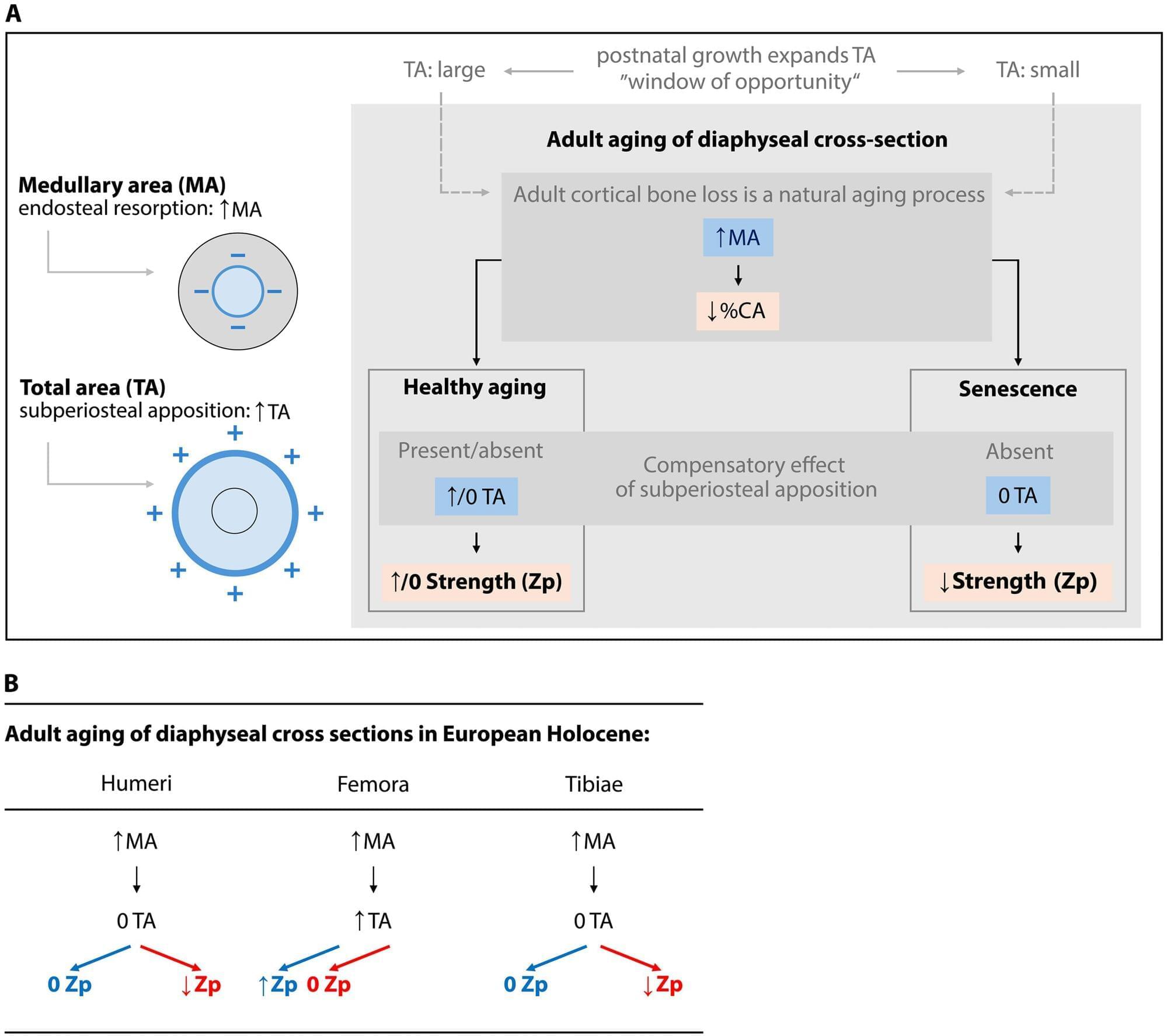Unlike prior efforts, the new artificial neurons work at the same voltage as biological neurons and can link to and control living cells.




Modern chemistry is increasingly focused on developing sustainable processes that reduce energy consumption and minimize waste. Photocatalysis, which uses light to promote chemical reactions, offers a promising alternative to more aggressive conventional methods. However, most existing photocatalysts are homogeneous—they dissolve in the reaction medium and cannot be easily recovered or reused—and they typically rely on blue or ultraviolet light, which is more energy-demanding and penetrates poorly into reaction mixtures, limiting their large-scale and biological applications.
Researchers at the Center for Research in Biological Chemistry and Molecular Materials (CiQUS) have developed an innovative, more sustainable method that uses red light—a low-energy, deeply penetrating light source —together with recyclable solid catalysts to promote chemical reactions cleanly and efficiently. The study highlights the potential of covalent organic frameworks (COFs) as red-light-active heterogeneous photocatalysts, a field that remains largely unexplored. This combination of reusable materials and mild light represents a significant step toward greener chemical methodologies.
The work is published in the Journal of the American Chemical Society.

It sounds bizarre, but they exist: crystals made of rotating objects. Physicists from Aachen, Düsseldorf, Mainz and Wayne State (Detroit, U.S.) have jointly studied these exotic objects and their properties. They easily break into individual fragments, have odd grain boundaries and evidence defects that can be controlled in a targeted fashion.
In an article published in the Proceedings of the National Academy of Sciences, the researchers outline how several new properties of such transverse interaction systems can be predicted by applying a comprehensive theory.
Transverse forces can occur in synthetic systems, such as in certain magnetic solids. They exist in systems of living organisms too, however. In an experiment observing a host of starfish embryos conducted at American university MIT, it was found that, through their swimming movements, the embryos influence each other in a manner leading them to rotate around one another.

Networks are systems comprised of two or more connected devices, biological organisms or other components, which typically share information with each other. Understanding how information moves between these connected components, also known as nodes, could help to advance research focusing on numerous topics, ranging from artificial intelligence (AI) to neuroscience.
To measure the directional flow of information in systems, scientists typically rely on a mathematical construct known as transfer entropy, which essentially quantifies the rate at which information is transmitted from one node to another. Yet most strategies for calculating transfer entropy developed so far rely on approximations, which significantly limits their accuracy and reliability.
Researchers at AMOLF, a fundamental physics institute in the Netherlands, recently developed a computational algorithm that can precisely quantify transfer entropy in a wide range of complex networks. Their algorithm, introduced in a paper published in Physical Review Letters, opens new exciting possibilities for the study of information transfer in both biological and engineered networks.

Two new research papers from the Living Brain Project at Mount Sinai present what is, by several metrics, the largest investigation ever performed of the biology of the living human brain. The papers present unequivocal evidence that brain tissue from living people has a distinct molecular character, an observation that until now was missed because brain tissue from living people is rarely studied.
The findings, which were recently published in Molecular Psychiatry and PLOS ONE, call for a re-evaluation of how scientists study the human brain.
Postmortem brain samples—tissue samples obtained from individuals who donate their brain to science after death—are currently the standard tissue source used by scientists to study how our brains work at the deepest level.

Humanity stands at a crossroads. Our beautiful Earth, cradle of all we know, is straining under the weight of nearly 8.5 billion people. Environmental degradation, social inequity, and resource scarcity deepen by the day. We are reaching the limits of a single-planet civilization. We can face this challenge in two ways. Some will cling to the old patterns—fighting over dwindling resources and defending narrow borders. Others will rise above, expanding into space not to escape Earth, but to renew and sustain it. These pioneers—the Space Settlers —will carry the next chapter of civilization beyond our home planet.
The Humanist Path: Living in Free Space. When people imagine living beyond Earth, they often picture Lunar or Martian colonies. Yet, from a humanist perspective, a better path exists: rotating free space habitats, as envisioned by Gerard K. O’Neill. These are vast, spinning structures orbiting Earth or the Moon, or standing at Lagrange Libration Points, designed to simulate Earth’s gravity and sustain full, flourishing communities. Unlike planetary colonies bound to weak gravity, dust, or darkness, O’Neill habitats offer: 1g simulated gravity to preserve human health; continuous sunlight and abundant solar energy; freedom of movement, as habitats can orbit safely or relocate if needed. More than technical achievements, these habitats embody the Enlightenment spirit—the belief that reason, ethics, and creativity can design environments of dignity, beauty, and freedom.
Freedom and Human Dignity in Space. Freedom is at the heart of humanity’s destiny. Consider a lunar settler who finds his bones too fragile to withstand Earth’s gravity—trapped by biology, after a few years living on the Moon. In contrast, inhabitants of a rotating habitat retain the freedom to return on Earth, at will. Simulated gravity safeguards their health, ensuring that space settlement remains reversible and voluntary. Freedom of movement leads naturally to freedom of culture. In a habitat like “New Gaia”, thousands of people from all nations live together: Russians celebrating Maslenitsa, Indians lighting Diwali lamps, and space-born storytellers sharing ancient myths. New traditions also emerge—festivals, music, and art inspired by life between worlds. These habitats can become beacons of a new Renaissance —a rebirth of cultural and creative freedom beyond the constraints of geography and politics.

Scientists identified two types of brain cells, neurons and microglia, that are altered in people with depression. Through genomic mapping of post-mortem brain tissue, they found major differences in gene activity affecting mood and inflammation. The findings reinforce that depression has a clear biological foundation and open new doors for treatment development.


Research led by Vladimír Sládek sheds new light on how bones age, questioning long-standing assumptions that sedentary lifestyles are the primary cause of weakening bone strength in modern humans.
The study analyzed 1,881 adult humeri, femora, and tibiae from European Holocene populations to examine how bone strength and structure change with age. Surprisingly, researchers found that patterns of diaphyseal (shaft) aging were consistent across both Early and Late Holocene adults—despite significant differences in physical activity levels between the two groups. The research is published in the journal Science Advances.
“Our findings suggest that lifestyle differences may not fully explain age-related declines in bone strength,” said Dr. Sládek. “Instead, the biology of bone growth and aging itself plays a critical role.”